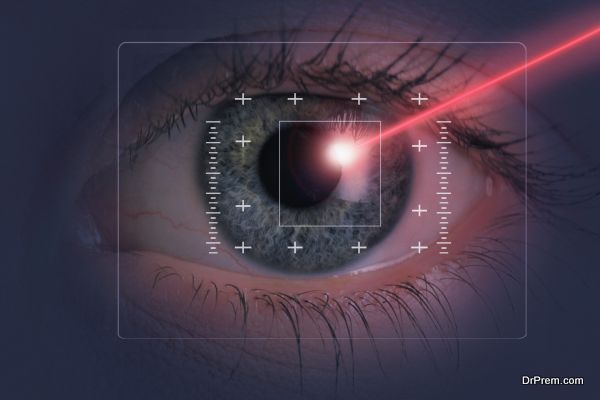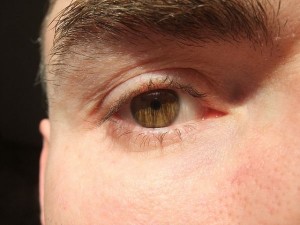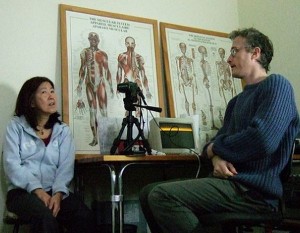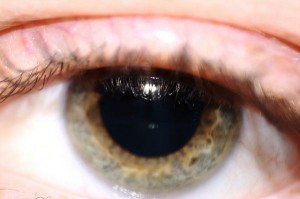Iris is the colored portion of the eyes and is the muscle connected to the brain. Iris helps to regulate the amount of light entering into the eyes. Iridology is the study of the iris to understand about a person’s health problems. According to iridology, physical as well as emotional disorders can be diagnosed by noting the visible changes in the pattern of the iris movement.
Thus it is believed that the changing patterns of iris can be used to divulge potential health problems in the body and can also help in identifying inherited weaknesses that may further lead to potential physical and emotional disorders.
History
The first reference of iridology as a diagnostic tool was mentioned in the 17th century, in a German physician Phillipus Meyens’ book Chiromatica Medica. During the late 19th century, a few others advanced the theories related to the study of iris to determine tendencies toward specific ailments.
Principle
This therapy is based on the principle that a person’s state of health and disease can be diagnosed from the color, position and texture of the eye pigments. When the iris in the eye is closely examined, it can reveal the person’s constitution, inherent weaknesses, thermal state and changes taking place in the body.
The concept of iridology is mostly accepted by many forms of alternative medicine, in terms that each part of the body contains information about other parts of the body. It is believed that iris can reflect the changes occurring in the body just as a degenerative disease develops slowly.
Method
An iridologist examines each iris of the person’s eye in good illumination. Some may even take photographs with a special camera and enlarge them for a proper view. The examination is pain free, safe and non-invasive and the session may last for an hour. The iridologist will examine to detect the presence of developing disorders and provide consultation accordingly.
It is believed to be helpful in determining the possibility of toxins and their locations, stages of inflammation, inherent weaknesses or strengths, biochemical deficiencies and general health status.
Scope
Iridology is used as a technique that can help to determine the possibility of the occurrence of some illnesses or some changes occurring in the body. It is not a treatment modality and can be considered as a health determining tool. While this therapy does not have the required approvals as a definite medical science, it continues to be practiced.












